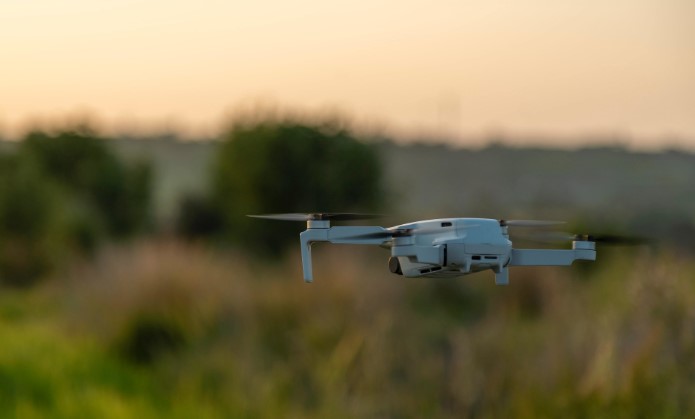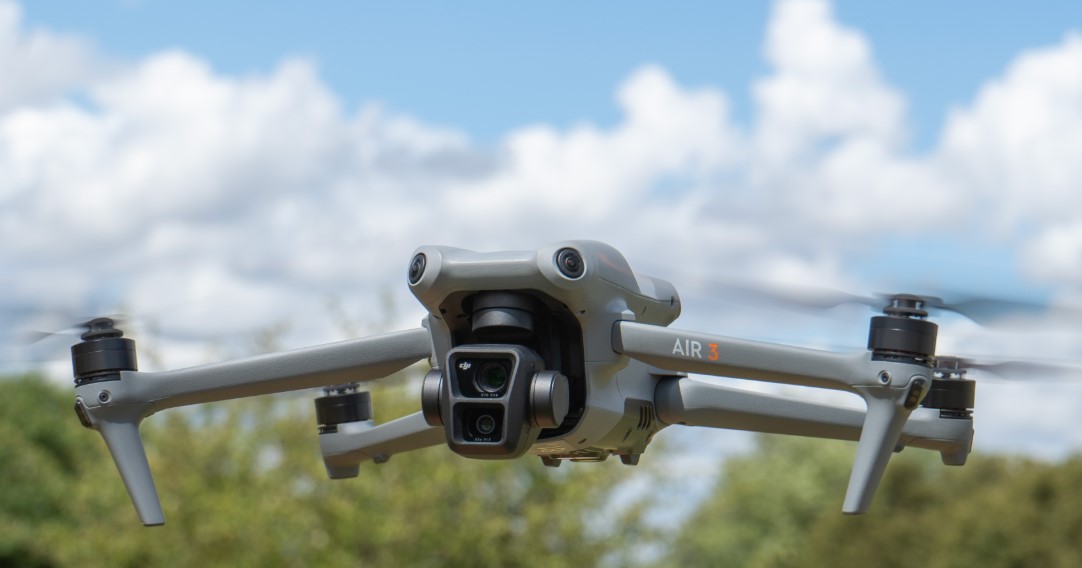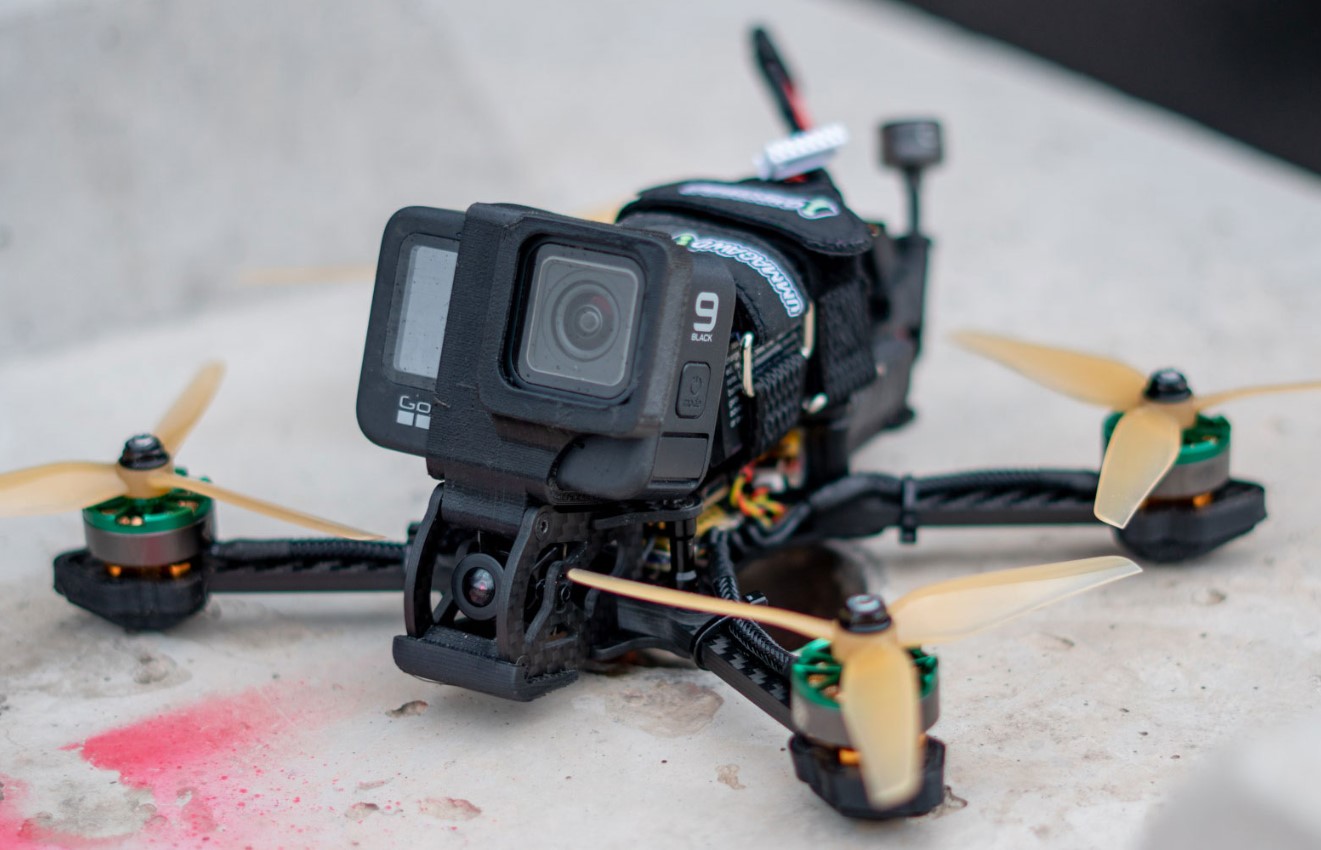The popularity of drones, or unmanned aerial vehicles (UAVs), has surged in recent years. With advancements in technology, drones are now accessible to hobbyists, professionals, and commercial enterprises alike. They are widely used for photography, surveillance, delivery, and even recreational activities. However, with this surge in popularity comes an important question: Is it legal to fly drones in residential areas?
This essay explores the legality of drone use in residential areas, examining laws, regulations, privacy concerns, and best practices to ensure responsible usage. Follow Dronevoz.com !!!
Understanding Drone Regulations
The legality of flying drones in residential areas depends heavily on the laws and regulations in a specific country or region. Most countries have established aviation authorities that regulate drone operations to ensure safety, privacy, and security.
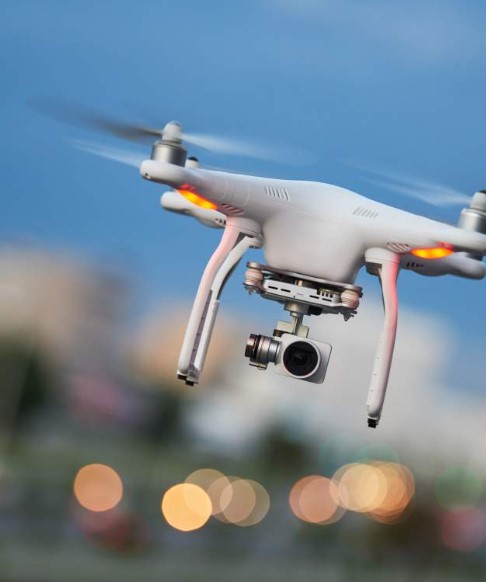
United States: Federal Aviation Administration (FAA)
In the United States, the Federal Aviation Administration (FAA) governs drone operations. Under FAA regulations, drones can be flown in residential areas as long as the operator adheres to specific guidelines:
- Registering the Drone: Drones weighing more than 0.55 pounds (250 grams) must be registered with the FAA.
- Altitude Restrictions: Drones cannot fly higher than 400 feet above ground level in most cases.
- Line-of-Sight Rule: Operators must keep the drone within their visual line of sight.
- Airspace Awareness: Flying in controlled airspace, such as near airports, requires special authorization.
- No Overcrowded Areas: Drones must not be flown over groups of people, stadiums, or large gatherings.
Violations of these rules can lead to hefty fines and legal consequences.
European Union: EASA Regulations
In the European Union, the European Union Aviation Safety Agency (EASA) oversees drone operations. Similar to FAA rules, the EASA has established three operational categories based on risk: Open, Specific, and Certified. Most residential drone flights fall under the Open Category, which includes restrictions like:
- Maintaining a safe distance from uninvolved people.
- Keeping the drone within 120 meters (approximately 400 feet) above ground level.
- Prohibiting night flights without proper lighting.
Other Regions
In countries like Canada, Australia, and Japan, drone laws are similarly structured to balance recreational use with safety and privacy concerns. Each region imposes restrictions tailored to its unique urban environments and legal systems.
>>> Read: Is Drone Allowed in International Flights Emirates?
Privacy Concerns in Residential Areas
One of the biggest challenges of flying drones in residential areas is privacy. Residents often express concerns about drones equipped with cameras invading their personal space. Laws addressing privacy vary significantly between jurisdictions:
- United States: Many states have enacted laws prohibiting the use of drones to record individuals without consent, particularly in private spaces like backyards.
- European Union: The General Data Protection Regulation (GDPR) applies to drone footage. Operators must ensure they do not collect personal data unlawfully.
- Asia-Pacific: Privacy laws in countries like Australia and Singapore explicitly address concerns about surveillance and unauthorized recording.
Drone operators must exercise caution to avoid violating privacy rights, as doing so can result in legal action or fines.
Safety Considerations for Flying Drones in Residential Areas
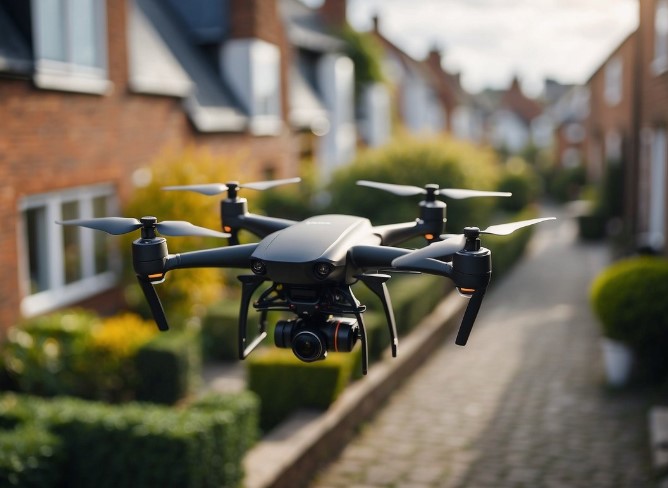
Flying drones in residential areas poses unique safety challenges. These include risks of property damage, injuries to people or animals, and interference with other aircraft. To mitigate these risks, operators should:
- Follow Local Laws: Always research and adhere to regional drone regulations.
- Avoid Flying Near Crowds: Residential areas often have pedestrians, vehicles, and children playing outdoors. Drones should maintain a safe distance.
- Conduct Pre-Flight Checks: Ensure that the drone is in good working condition before each flight.
- Respect Property Boundaries: Avoid flying too close to houses, vehicles, or other private property.
Legal Penalties for Improper Drone Use
Failure to comply with drone regulations can result in significant legal penalties. Depending on the violation, penalties may include:
- Fines: In the U.S., FAA fines for drone violations can range from hundreds to thousands of dollars.
- Criminal Charges: Repeated or severe breaches, such as endangering aircraft, can result in criminal charges.
- Drone Confiscation: Authorities may seize drones used in unlawful activities.
Operators must be aware of these potential consequences to avoid legal issues.
Best Practices for Flying Drones in Residential Areas
To ensure compliance with the law and maintain harmony with neighbors, drone operators should adopt the following best practices:
- Understand the Rules
Before flying a drone in a residential area, research applicable federal, state, and local regulations. Some municipalities may impose stricter rules than national aviation authorities.
- Notify Neighbors
Informing neighbors about your intention to fly a drone can alleviate concerns about privacy and noise. Transparency fosters goodwill and reduces misunderstandings.
- Avoid Sensitive Areas
Refrain from flying near windows, backyards, or other areas where people expect privacy.
- Fly During Appropriate Hours
Avoid early morning or late-night flights to minimize noise disturbances.
- Use No-Fly Zone Apps
Many drone manufacturers provide apps to identify restricted airspaces. Using these tools ensures that flights comply with airspace regulations.
>>> Click Are Drones Legal in Ireland? Key Drone Regulations in Ireland
Emerging Trends in Drone Regulations
As drones become more prevalent, governments are continually updating laws to address new challenges. Emerging trends include:
- Remote Identification Systems: Authorities in the U.S. and EU are implementing systems that allow drones to broadcast their location and operator details. This helps enforce compliance and deter illegal activities.
- Geofencing Technology: Many drones now come equipped with geofencing features that prevent them from entering restricted areas.
- Community-Driven Regulations: Local communities are increasingly involved in shaping drone policies, ensuring that rules address specific regional concerns.
Conclusion
The legality of flying drones in residential areas depends on a complex interplay of international, national, and local regulations. While drones offer exciting possibilities for photography, recreation, and commercial use, operators must navigate these rules carefully to avoid legal pitfalls.
By understanding drone laws, respecting privacy, and prioritizing safety, enthusiasts can enjoy flying drones responsibly in residential areas. As drone technology continues to evolve, staying informed about regulatory changes will remain essential for all operators.
